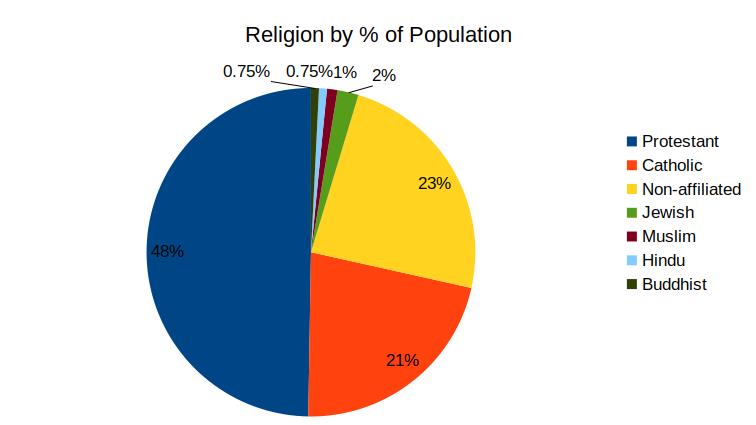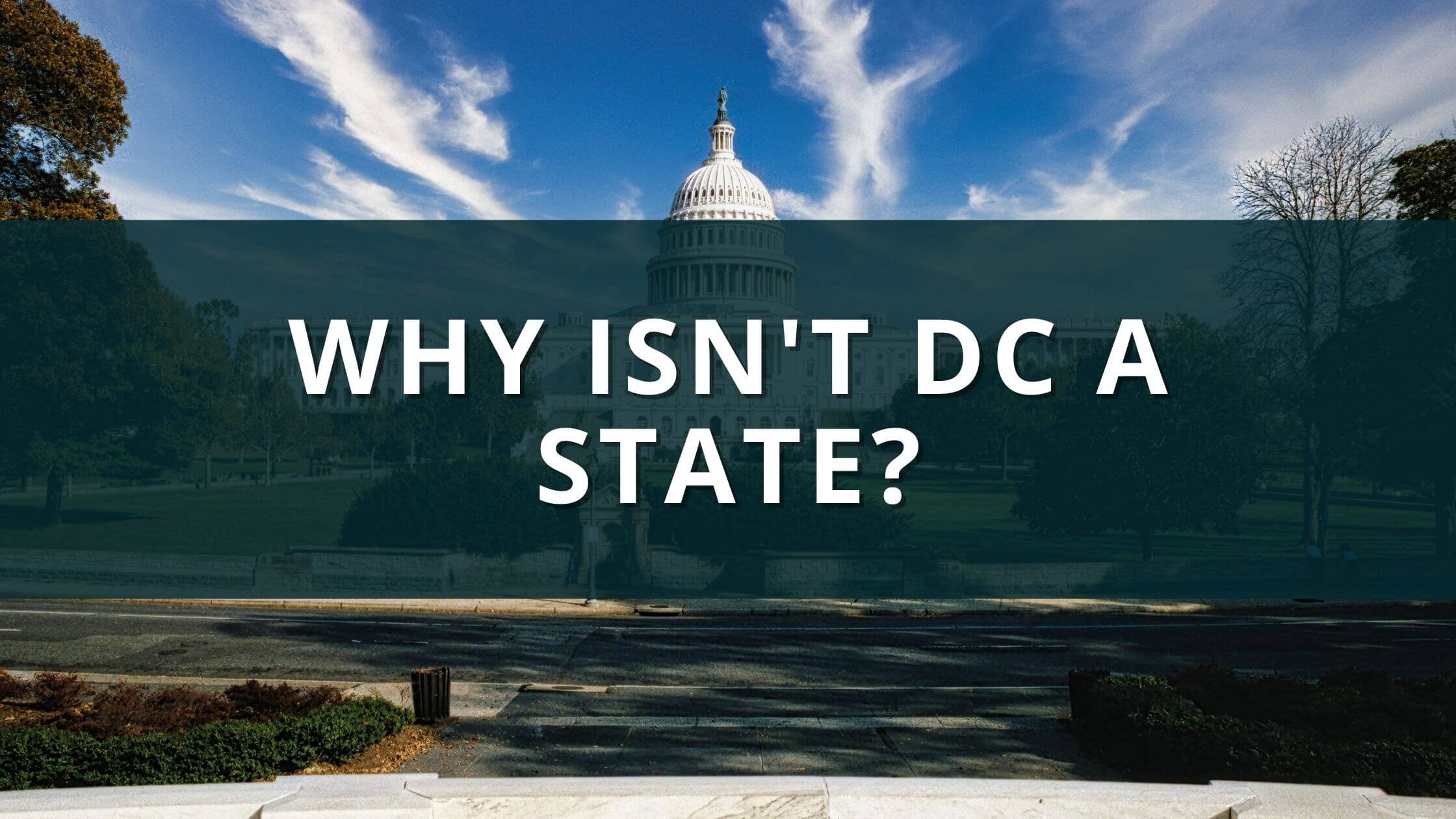Population Demographics of the United States
The United States has a population of just over 330 million people, making it the 3rd most populated country globally. As a nation mostly descended from immigrants, it comprises an incredibly diverse population, setting it apart from most of the modern world. America’s openness to immigration continues to add to its varied population, confirming its reputation as a melting pot of peoples.
Race
The racial make-up of the US population is primarily broken down into four different groups as noted by the US Census Bureau, White, Hispanic, African American, and Asian. Whites currently comprise about 61.5% of the population and are primarily identified with having European descent. Other subsets identified as White by the US Census Bureau include individuals with descent from North Africa and the Middle East, such as Afghans, Moroccans, and Arabs.
Hispanics, the fastest-growing minority group in the US, make up about 18 percent of the population. The most significant subset of Hispanic descent includes those with Mexican heritage, with other major subsets including those with Puerto Rican and Cuban descent. African Americans comprise about 13% of the American population, the 3rd largest minority group in the country. The US Census Bureau identifies them as having heritage from any of the black racial groups of Africa.
Asians currently encompass about 5% of the population and are identified by the US Census Bureau as people from the Far East, Southeast Asia, or Indian subcontinent. Other population subsets include Native Americans and Native Hawaiian Islanders, who make up about 1% of the population. About 2% of residents of the US specifically identify as having two or more races in their heritage and are designated as a separate racial group.
Religion
About 70% of Americans specifically identify as Christians, including both Catholics and Protestants. About 70% of the total Christian population in the 50 states identifies as Protestant, and 30% identify as Catholic. When included as separate faiths as a percentage of the total US population division, Protestants make up about 46-48% of the country, while Catholics comprise about 20-21%.
23% of Americans consider themselves non-affiliated concerning any religion. They include atheists and agnostics and comprise a growing number of younger Americans. Non-affiliated Americans constitute a significant presence in all areas of the country but have a powerful influence on the West Coast of the United States.

The remaining 7% of the total US population, comprising the non-Christian religious affiliations of US residents, comprises a variety of religions originating from all areas of the world. Judaism is the largest religious presence in this category, making up about 2% of the population. Other religions include Muslims, Hindus, and Buddhists, who reflect 1%, .75%, and .75% of the population, respectively.
Age/Generation
The United States is currently broken down into six different age or generation groups, Gen-Z, Millennials, Gen-X, Baby Boomers, Silent Gen, and the Greatest Generation. It is important to note that there is some variance and debate among sources surrounding the specific time allotments for each generation. Depending on the specific source used, the population totals for age groups may vary slightly.

The older generations include the Greatest Generation born before 1928 and comprising about .5% of the population, the Silent Gen born from 1928-1945 and comprising 6.5% of the population, and the Baby Boomer generation born from 1946-1964 and comprising 21.5% of the population. The younger generations include Generation X, born from 1965-1980 and encompassing 20% of the population, Millennials born from 1981-1996 and encompassing 22% of the population. And Generation Z, born 1997-2012 and encompassing 20% of the population. Roughly 9-10% of the population was born after 2012 and has not been designated as a specific generation, although some sources include them with Generation Z.
Political Party
The American population is divided into three political party affiliations, Democrat, Republican, and independent. About an equal portion of registered voters identify as Democrats and independents, about 33% each, while about 30% identify as Republicans. The support levels among all three segments have remained stable over the last two decades, with significant changes in the current percentages rarely occurring.

The two-party system characteristic of American politics ensures that the vast majority of all registered voters, including independents, will ultimately vote for either a Democratic or Republican candidate. Independents generally split evenly among both major parties but have recently shifted a little more toward Republican support.

Get Smarter on US News, History, and the Constitution
Join the thousands of fellow patriots who rely on our 5-minute newsletter to stay informed on the key events and trends that shaped our nation's past and continue to shape its present.




